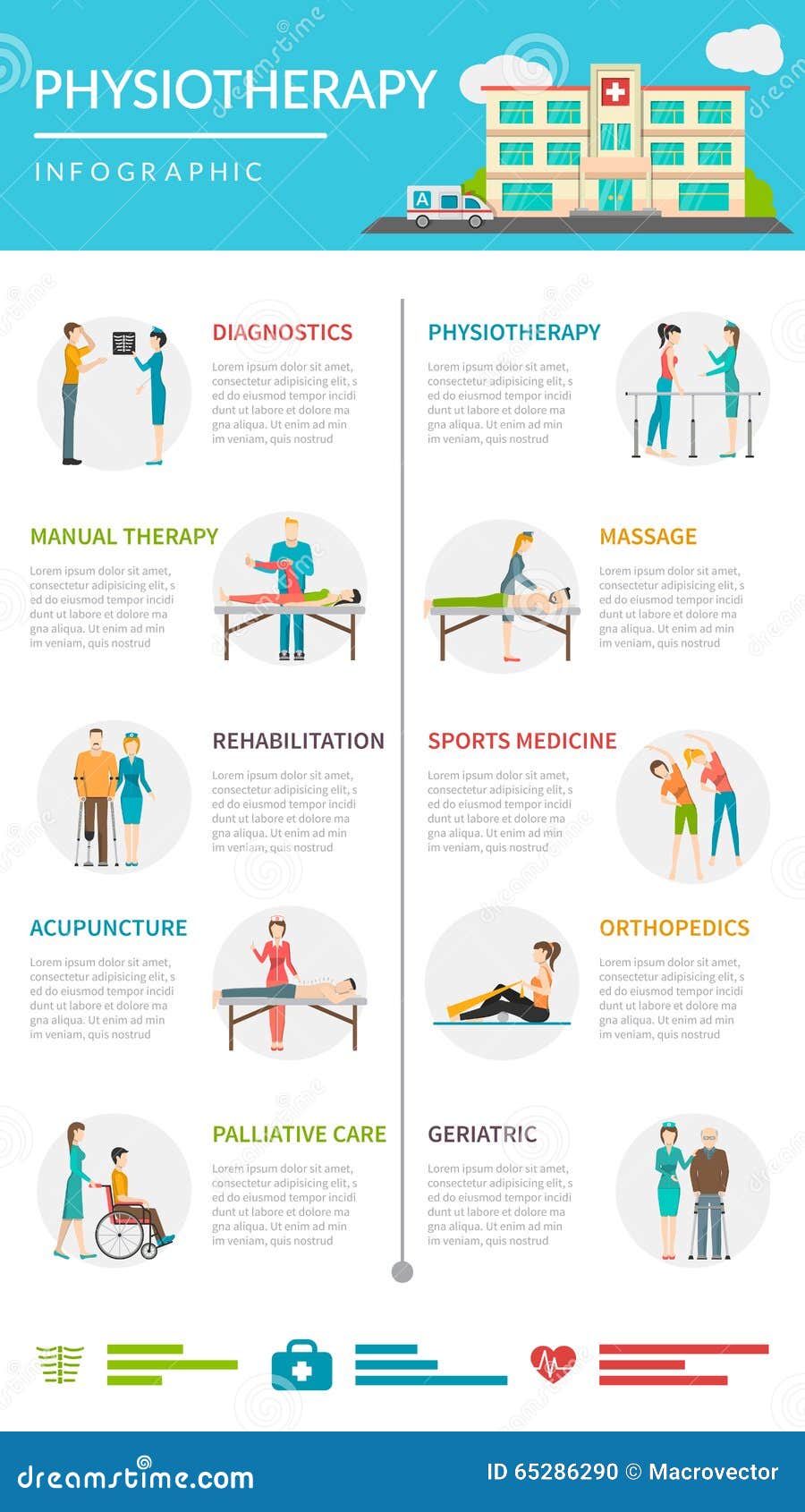Steps To Design An Ergonomic Office That Decreases Neck Pain: A Comprehensive Guide
Steps To Design An Ergonomic Office That Decreases Neck Pain: A Comprehensive Guide
Blog Article
Post Produced By-Bridges Mccall
To stop neck discomfort at your workstation, guaranteeing your arrangement is ergonomically audio is crucial. Picture a work area where each component is tailored to sustain your body's placement and minimize pressure. By following a couple of basic actions, you can transform your desk area right into a sanctuary of convenience and efficiency. But just how exactly can you achieve this harmonious equilibrium between work and well-being? Let's check out the necessary ideas to produce an ergonomic work area that will certainly keep neck discomfort away.
Assess Your Existing Configuration
Wondering if your current workspace is adding to your neck discomfort? Take a moment to examine your configuration. Start by considering your computer system monitor. Is it at eye level, or do you find yourself frequently searching for or down? Change the display to make sure that your stare is naturally in line with the top of the display.
Next, consider your chair. Are you slumping over or stooping over while you function? Your chair should support your reduced back and advertise good posture. Adjust the height to make sure that your feet are flat on the floor and your knees are at a 90-degree angle.
Take notice of the placement of your key-board and mouse. Are they within simple reach, or are you continuously getting to and straining your arms and shoulders? Keep these devices near your body to decrease unneeded activities.
Finally, think about simply click the next web page . Is it also bright or as well dim? Proper lighting can reduce eye stress and reduce stress in your neck. Make these small adjustments to develop a more ergonomic workspace and assistance minimize your neck pain.
Adjust Your Chair and Workdesk
To create a much more ergonomic workspace and decrease neck discomfort, making certain appropriate modification of your chair and desk is vital. Start by adjusting your chair to ensure that your feet remainder level on the flooring, knees go to a 90-degree angle, and your lower back is supported by the chair's back support. Your desk needs to be at joint height to keep correct arm placement and lower strain on your neck and shoulders. Ensure there https://www.fox17online.com/news/local-news/chiropractor-charged-with-2-million-in-health-care-fraud under the desk for your legs to move comfortably.
When adjusting your desk height, ensure your wrists continue to be straight while inputting and using the computer mouse. Your display must be at eye level, about an arm's size away, to avoid you from straining your neck by overlooking or up. Maintain your key-board and mouse near to prevent overreaching, which can trigger shoulder and neck pain.
Remember to take breaks and stretch occasionally to stop stiffness and promote flow. By effectively changing your chair and desk, you can produce an office that supports great pose and reduces the threat of neck pain.
Placement Your Monitor and Key-board
For optimum ergonomics and to ease neck stress, appropriate positioning of your screen and keyboard is essential in your work area arrangement. Begin by positioning your monitor straight before you at arm's size away, making certain the top of the display goes to or a little below eye level. This helps reduce strain on your neck by keeping it in a neutral position.
Position the key-board to ensure that your joints are curved at a 90-degree angle and your wrists are straight while inputting. Your key-board should be placed at a height that enables your shoulders to stay kicked back and your arms to be parallel to the flooring. Furthermore, make sure the mouse is placed alongside your key-board at the same degree to avoid reaching or twisting.
Remember to take time-outs to extend and adjust your posture throughout the day, maintaining good alignment and stopping neck pain. A well-organized workspace with correctly placed display and key-board can dramatically affect your comfort and performance.
Final thought
In conclusion, by adhering to these basic steps to create an ergonomic workspace, you can significantly reduce neck discomfort and discomfort. Keep in mind to analyze your existing setup, change your chair and desk, and position your screen and key-board appropriately. By taking these positive procedures, you can enhance your total convenience and performance while functioning.
